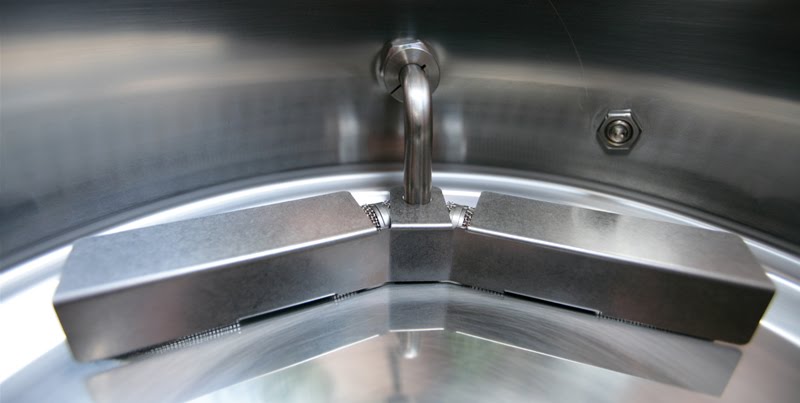Sizz
Well-Known Member
Just wondering about your control box. I noticed you have 3 40A SSRs. What is the 3rd one used for? In your parts writeup you only accounted for 2.
TD
Thanks. My original plan was a standard 3-vessel system but since I don't have a HLT it's not used. I just put it in as a backup.













